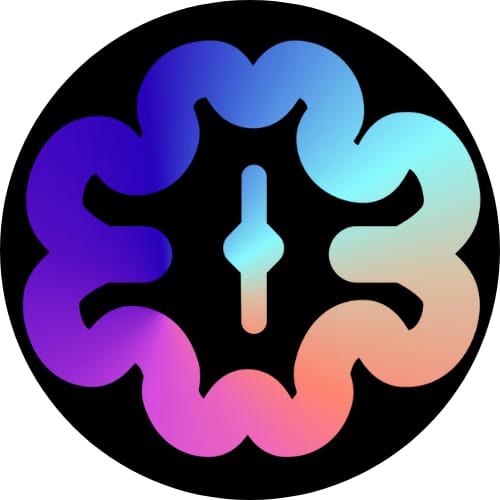- World Population Review Newsletter
- Posts
- Still Hiring Humans: 6 Roles AI Can’t Touch
Still Hiring Humans: 6 Roles AI Can’t Touch
Creative, strategic, and human—these jobs are thriving in AI’s wake.
In partnership with Creative Automation
Greetings, sharp mind on the edge of change!
AI is rewriting the rules of creative work—fast. But here’s what most headlines miss: the rise of the machines isn’t killing all human jobs. It’s amplifying the value of the right ones.
In this edition, we uncover where human creativity still dominates, where demand is surging, and where reskilling now pays off the most. Whether you’re eyeing new investments or rethinking your own next move, this is your edge.
Let’s dive in.
Tired of Sifting Through AI Hype to Find What’s Useful?
We cut through the noise so you can focus on creating, launching, and scaling smarter.
AI isn’t coming for your job — but someone using it well might. Creative Automation is the newsletter built to keep your edge sharp and your work future-proof.
1. The Copywriters Who Outsmart the Robots
You’d think copywriting would be the first creative field to fall. But human writers who master strategy, not just syntax, are thriving.
AI can crank out passable prose, but it struggles to understand cultural nuance, emotional timing, or long-term brand voice. That’s where top-tier human copywriters shine. Think persuasion over paragraphs, positioning over punchlines.
Brands aren’t replacing writers—they’re upskilling them. The most in-demand copywriters now know SEO, conversion science, and how to brief AI tools effectively. They’re not fighting the machine—they’re directing it.
📌 Curious insight: According to Semrush, demand for “conversion copywriters” has increased 22% since ChatGPT’s launch.
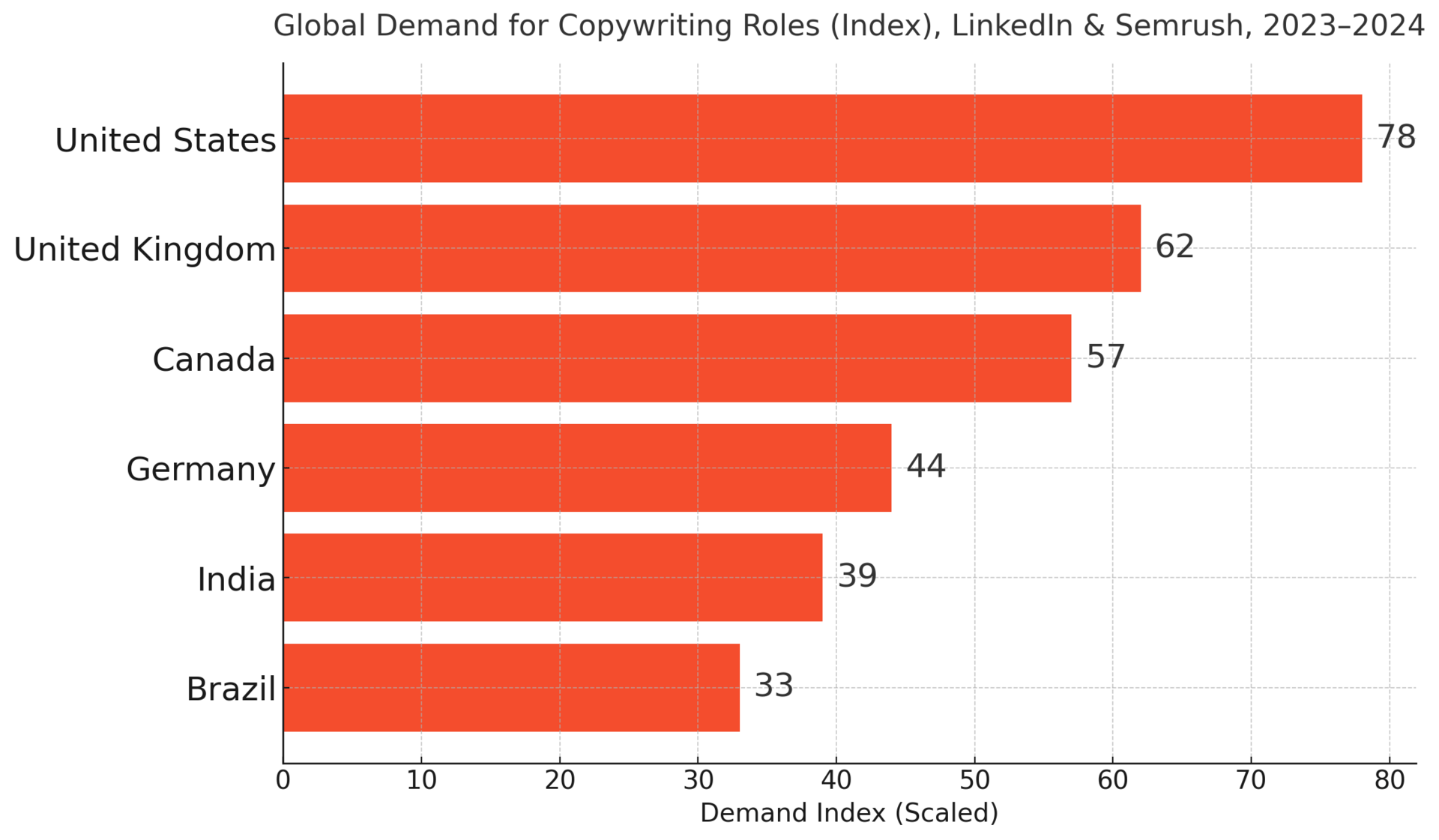
2. Design Work: Automated, but Not Abandoned
Canva, DALL·E, and Midjourney can create stunning visuals in seconds. So, is graphic design dead? Not quite.
While entry-level production roles are shrinking, senior designers are being promoted to creative strategists. Their job? Use AI as a tool, not a threat—guiding visual direction, brand cohesion, and user experience.
Motion design and UX/UI, in particular, are booming. Why? Because design isn’t just decoration—it’s communication. And communicating with humans still takes… well, humans.
📌 Stat to know: The U.S. Bureau of Labor Statistics projects 16% growth for UX design roles through 2032—more than double the average job rate.
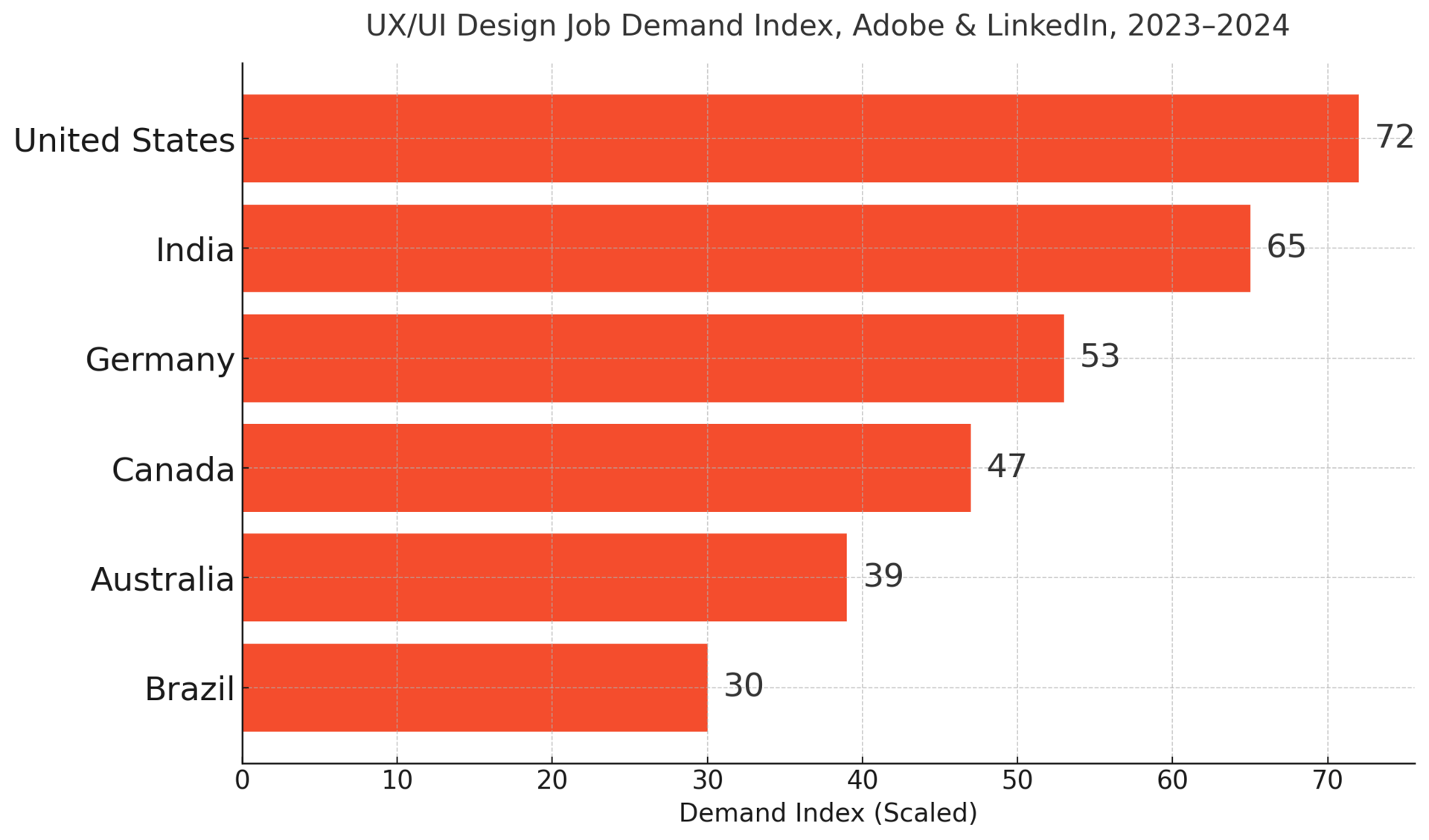
3. Marketing Managers: More Essential Than Ever
AI can analyze, suggest, and even automate campaigns. But someone has to think, prioritize, and align strategy with the messy human reality of sales, culture, and brand.
That’s why marketing managers are more essential than ever. These professionals now oversee not just creative and ad budgets—but tech stacks, ethics policies, and AI toolkits. They’ve become the new generalists: part analyst, part creative director, part data wrangler.
If you're wondering where to “level up” a career in marketing—project management, automation fluency, and data literacy are safe bets.
📌 Surprising fact: Marketing roles requiring AI knowledge now command salaries up to 25% higher than non-AI roles (LinkedIn Talent Insights, 2024).
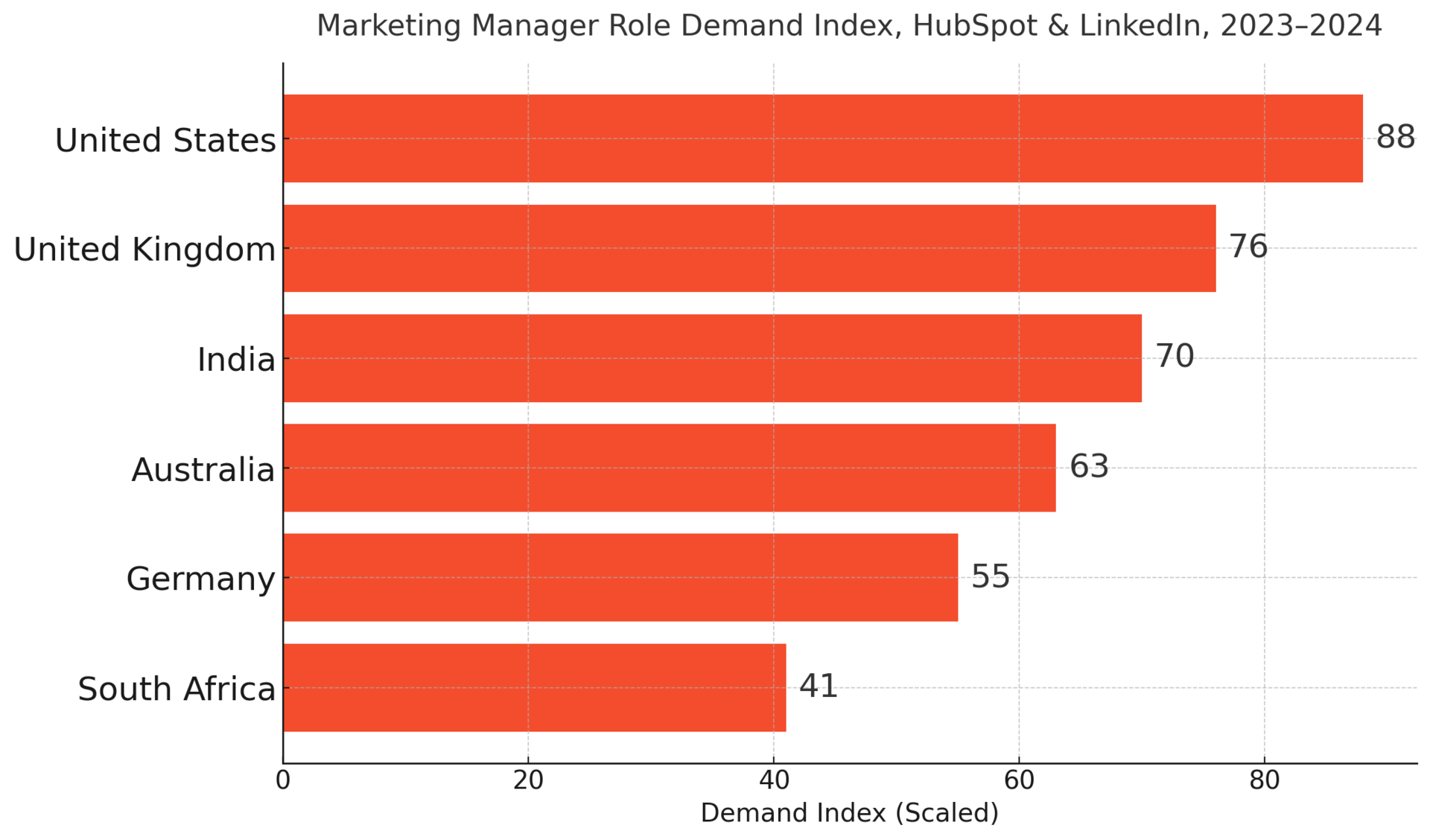
⚙️ Build smarter. Market faster. Stay relevant.
Creative Automation is the 5-minute brief for marketers and creatives who use AI to actually get things done. From prompt hacks to product launches, we skip the hype and give you what works.
4. The “Prompt Whisperers” Rise
It’s the most unexpected new job title of the decade: Prompt Engineer. While AI seems magical, it’s only as smart as the person instructing it.
That’s where prompt engineers come in—designing the questions, commands, and frameworks that make AI tools sing. It's part psychology, part scripting, and all strategy.
Companies are paying six figures for people who know how to talk to machines in a way that gets usable results—especially in customer service, legal writing, and research-heavy industries.
📌 Fascinating fact: Anthropic’s Prompt Engineering role was listed at $250,000 to $375,000/year in early 2024. No coding required—just mastery of words.
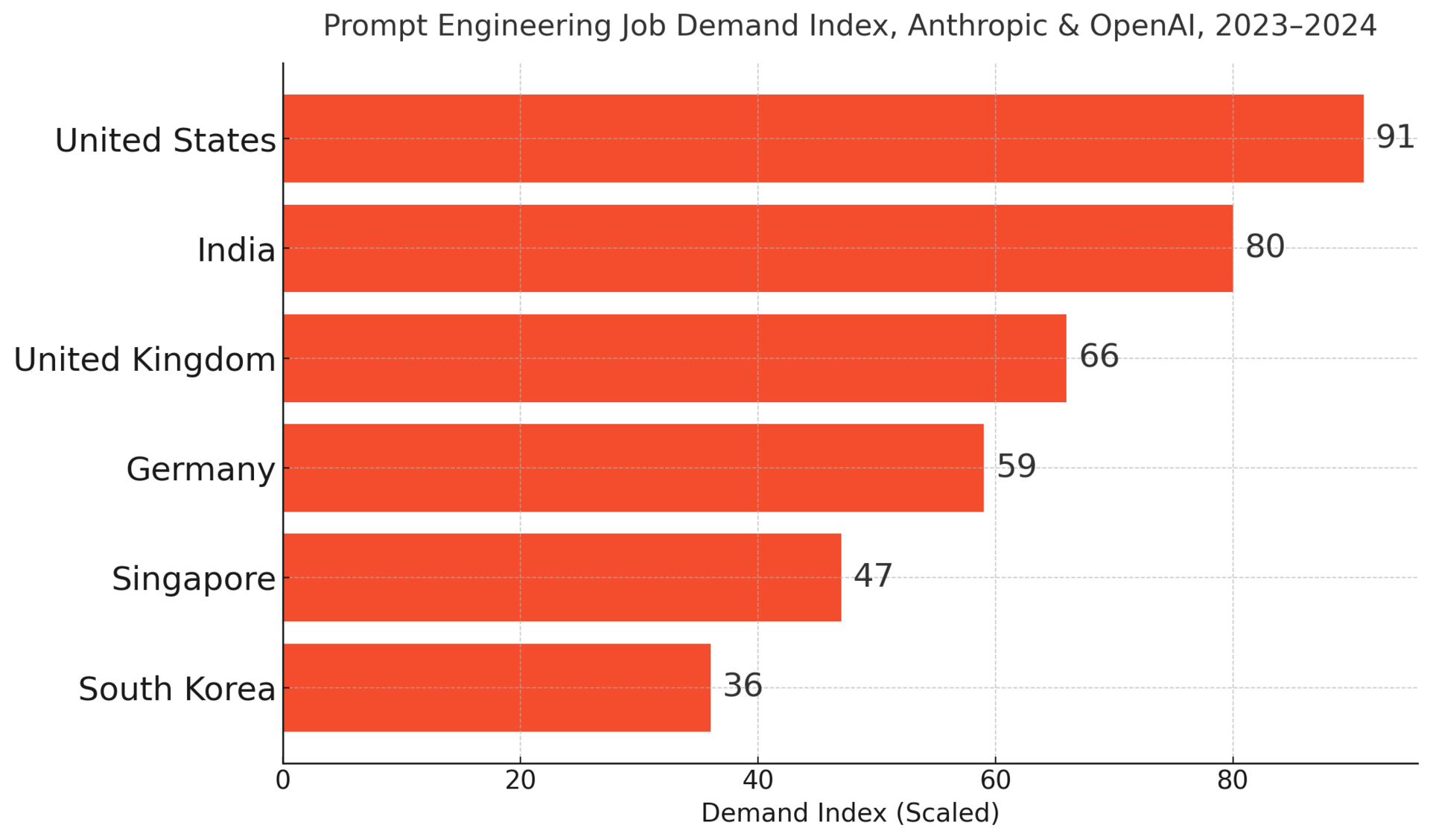
5. The AI-Powered Personal Brand Boom
Paradoxically, the more we automate, the more we crave authenticity. That’s why coaches, course creators, and even solo professionals are doubling down on personal brands—powered by AI behind the scenes.
From automated newsletters to video editors to AI voiceovers, tools are freeing creators from production drudgery. What remains? The human story. The unique insight. The earned authority.
For retirees launching second-act consultancies, or Gen Z creators building online communities—this trend offers an empowering path forward.
📌 Little-known trend: Solo creators earning over $100K/year from courses and newsletters grew 45% year-over-year in 2024 (Source: ConvertKit).
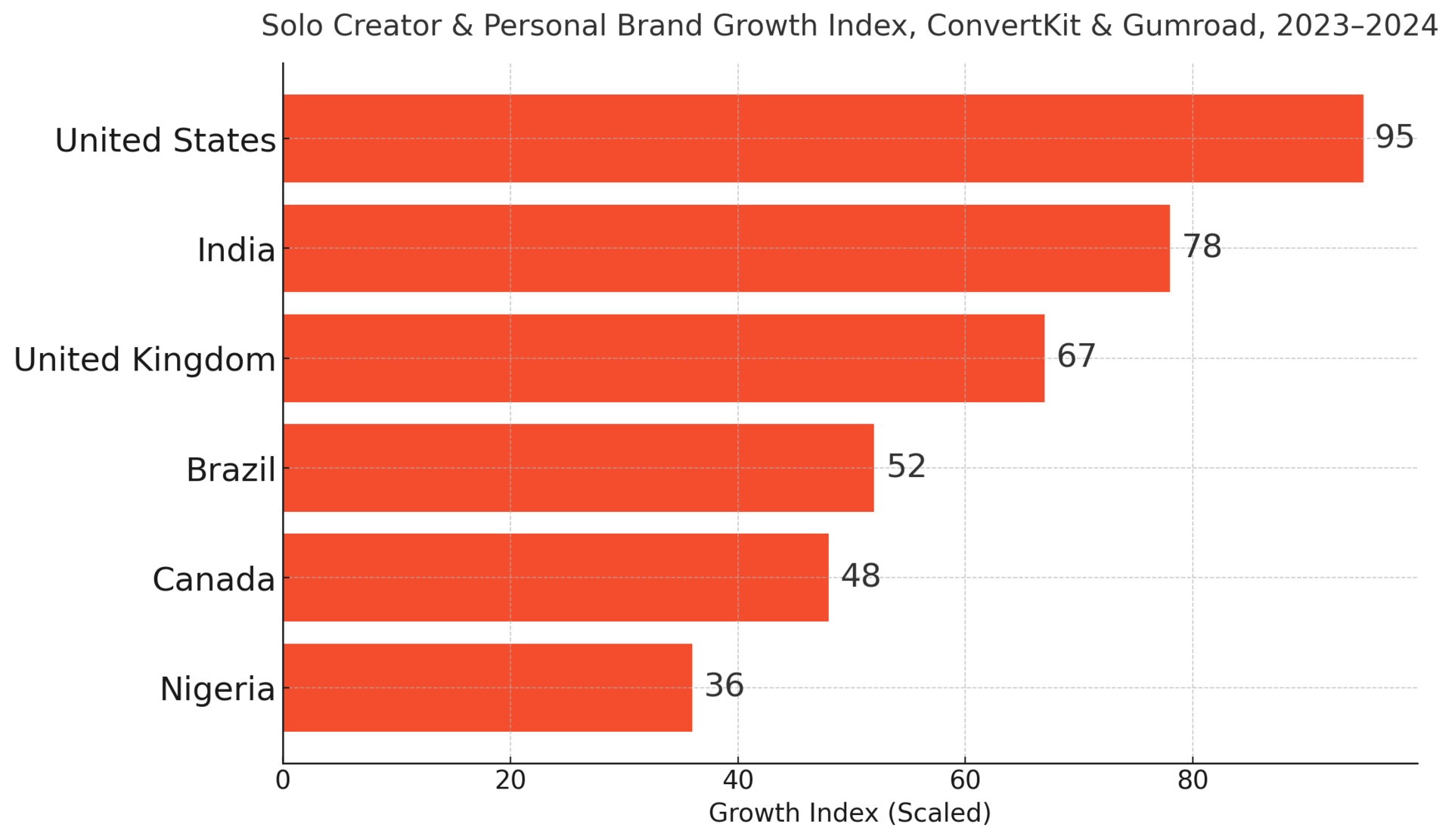
6. Where the Humans Are Still Irreplaceable
Some jobs aren’t just safe from automation—they’re practically immune.
Jobs requiring emotional intelligence, deep trust, or physical presence still demand a human heartbeat. Think therapists, teachers, leadership coaches, and cross-cultural consultants. In short, anywhere relationships matter more than replication.
Many of our readers—educators, HR experts, writers—fall in this category. The more automated the world becomes, the more valuable your human-centered skills are.
📌 Unusual data point: The number of life coaches in the U.S. has grown 54% since 2019—despite (or because of) a rise in mental health apps.
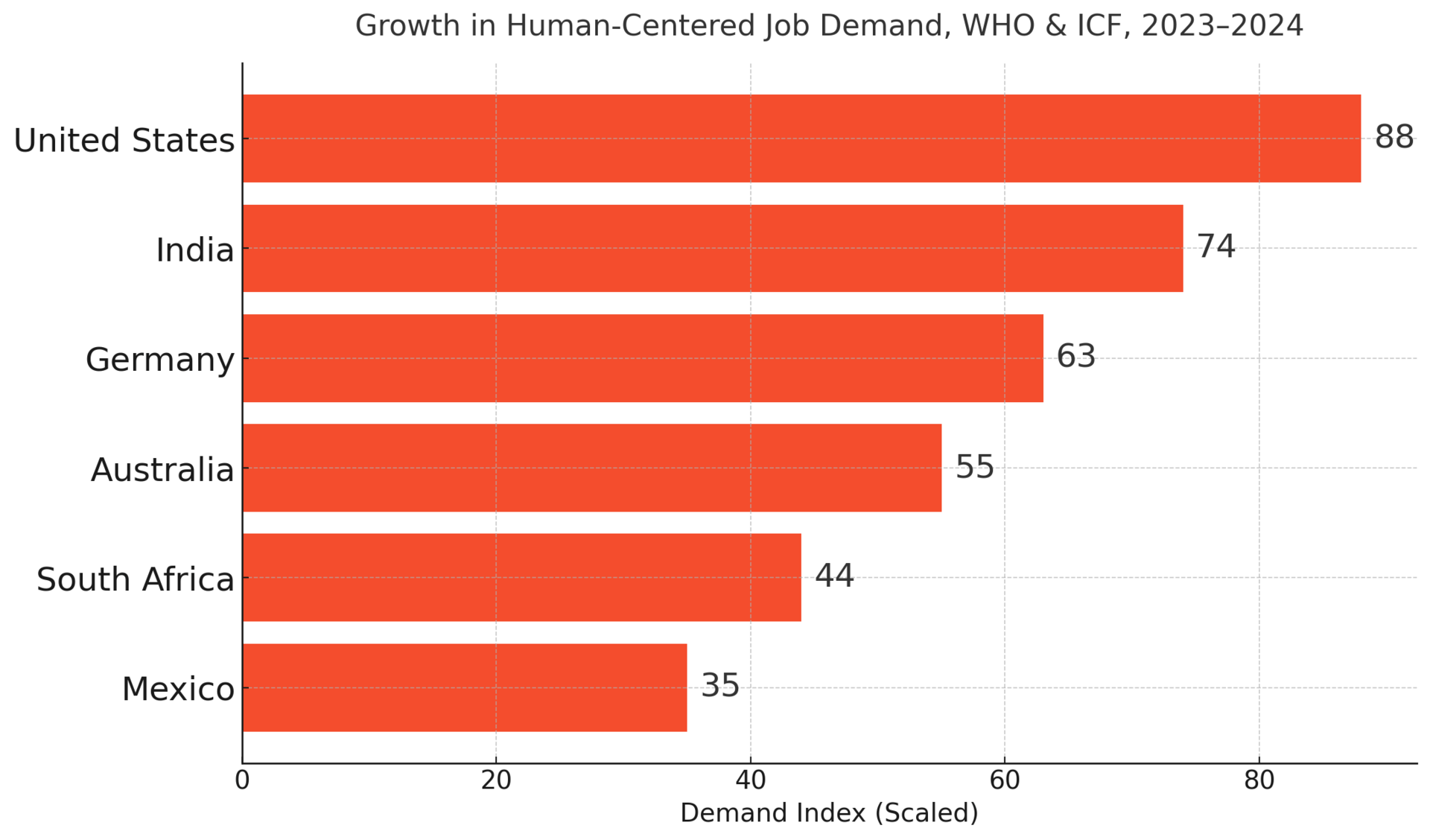
7. The Places Training for Tomorrow’s Creative Class
What if you (or your children) want to thrive, not just survive, in the AI economy? The answer lies in education—specifically, the right kind.
New bootcamps, certifications, and micro-degree programs are popping up to teach AI-literate creativity. You’ll find them not only in tech hubs, but in liberal arts schools, global think tanks, and even online platforms offering fractional MBAs.
Key focus areas include creative strategy, human-computer interaction, and ethical tech design.
📌 Something to watch: Finland now teaches AI literacy in all public high schools—a model UNESCO is recommending globally.
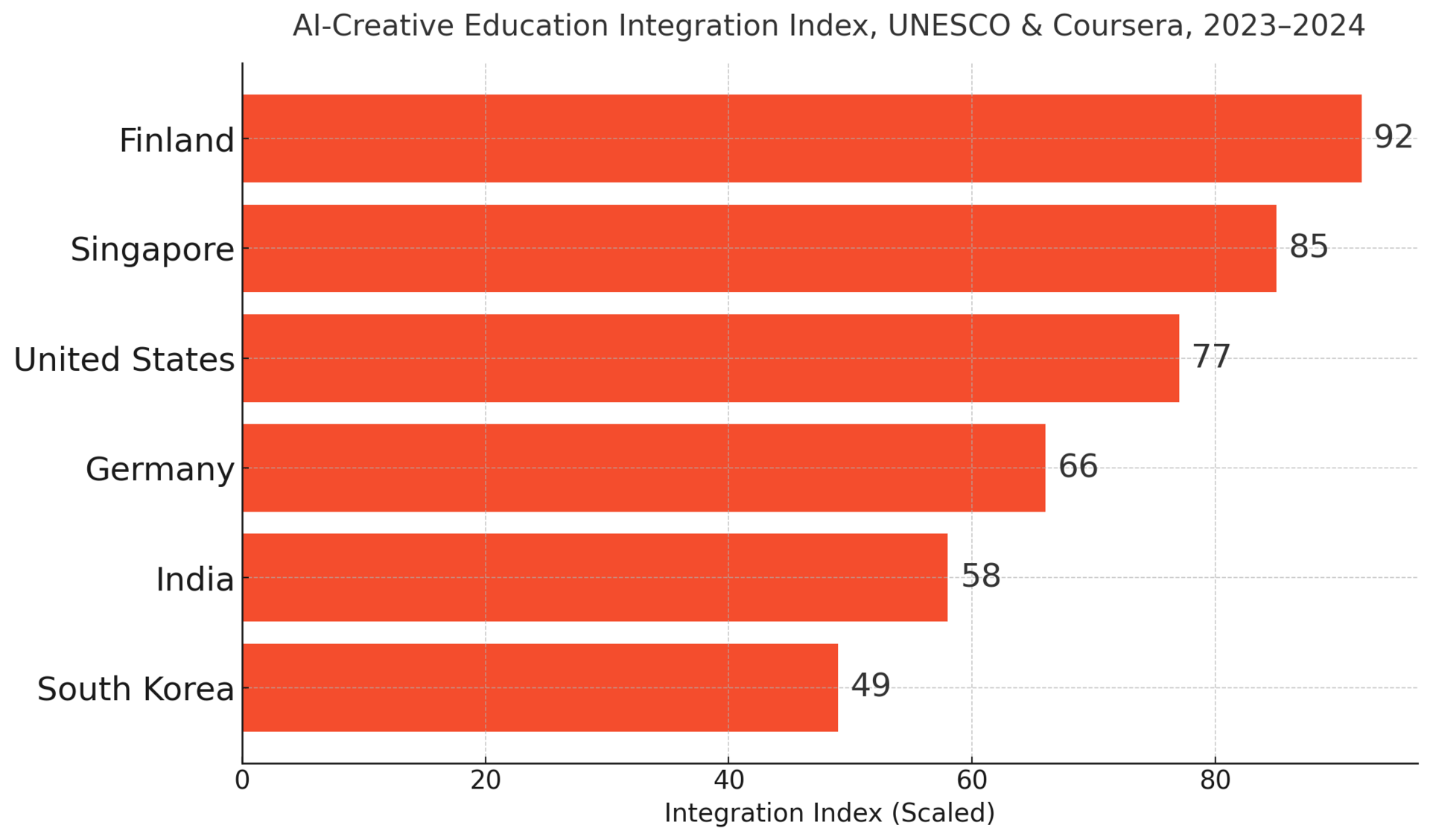
The automation economy isn’t replacing human creativity—it’s demanding more of it. As machines handle the routine, humans are called to do what only we can: connect, guide, imagine, and decide.
Whether you're pivoting careers, mentoring the next generation, or spotting your next smart investment—knowing where humans still lead is a powerful advantage.
Stay sharp. Stay curious. And remember: AI may write the script, but only you can bring it to life.
Warm regards,
Shane Fulmer
Founder, WorldPopulationReview.com
P.S. Want to sponsor this newsletter? Reach 124,000+ global-minded readers — click here!
